For nearly six decades, Section 2 of the Voting Rights Act has served as one of the last standing guardrails against racial disenfranchisement in America. It is now under attack and faces extinction in light of a Supreme Court case — Louisiana v. Callais — examining whether Section 2 of the Voting Rights Act remains constitutional.
Section 2, codified at 52 U.S.C. § 10301, is a permanent, nationwide prohibition on voting practices that discriminate on the basis of race, color or membership in a language minority group. It includes any voting prerequisite or qualification — as well as standards, practices and procedures, including districting and election methods.
Section 2 covers two types of claims: discriminatory result and discriminatory intent.

If the U.S. Supreme Court declares the Voting Rights Act and its protections for minority groups are an unconstitutional use of race, this could expel both the protection against racial disenfranchisement and allow the GOP to redraw up to 19 voting districts favoring Republicans.
Empowered by the Supreme Court and incentivized by Donald Trump — who actively meddles in Republican-controlled states — rewarding those who fall in line, the GOP has escalated its most aggressive efforts to manipulate the electoral map.
These efforts are largely due to Chief Justice John Roberts and the Court, which weakened the Voting Rights Act’s protections, removing the legal barriers that once constrained such behavior. Roberts has unequivocally opened the floodgates for the anti-democratic era we face today regarding the legality of racial gerrymandering.
Much of the aggression we are seeing by the GOP today is primarily due to Roberts’ 5-4 ruling in Common Cause v. Rucho, a 2019 redistricting case in North Carolina. Roberts ruled that partisan gerrymandering was a political issue — beyond the reach of the federal courts.
Roberts’ ruling handed Republicans a ready-made excuse: Yes, partisan gerrymandering may be undemocratic — but because federal courts can’t intervene. States are able to obscure the reality that these maps are designed to dilute Black and Latino political power.
Because racial polarization and partisan alignment are so strongly correlated, weakening protections ostensibly about race can serve partisan ends.
The only safeguard left against explicit racial gerrymandering — Section 2 of the Voting Rights Act — is under direct assault in the recent Supreme Court case.
According to Reuters, Sarah Brannon, deputy director of the American Civil Liberties Union Voting Rights Project, said, “If the court further weakens Section 2, states and localities, including those with long histories of discrimination, could be free to draw maps that systematically silence Black, Latino, Native and Asian American voters.”
Uncoincidentally, the month of October marks the start of the new Supreme Court term. The current Supreme Court consists of a 6-3 conservative majority, with Trump-appointed justices like Brett Kavanaugh, who has his fair share of controversies.
Based on initial court hearings Oct. 15, it is clear the Conservative justices intend to gut Section 2. The stark implications of the Supreme Court ruling could not only give the GOP control over the 2026 midterms, but could also allow them to rule Congress for decades to come.
Many state legislatures are already acting aggressively with the mindset that Section 2 doesn’t exist, including an egregious ongoing gerrymandering effort in Utah.
Common Sense v. Rucho told state lawmakers no one would police them, ultimately creating the sentiment that states not engaging in the most extreme gerrymandering are only rewarding those who do.
This has allowed the GOP to gain a significant advantage over the Democrats, who simply don’t control enough states to counteract them — a result of earlier redistricting efforts by the GOP.
We have seen efforts from Democratic states like California, specifically Proposition 50, to combat redistricting efforts from GOP states like Texas. Despite some scattered efforts, Democrats have not been nearly as aggressive as the GOP, which will have consequential implications for the 2026 midterms.
If Democrats fail to treat this as an urgent crisis, they risk ceding elections for decades before ballots are even cast.
With Section 2 under attack, the GOP is laying the groundwork for a future where maps — not voters — decide who holds power, especially at the expense of Black and Latino communities.

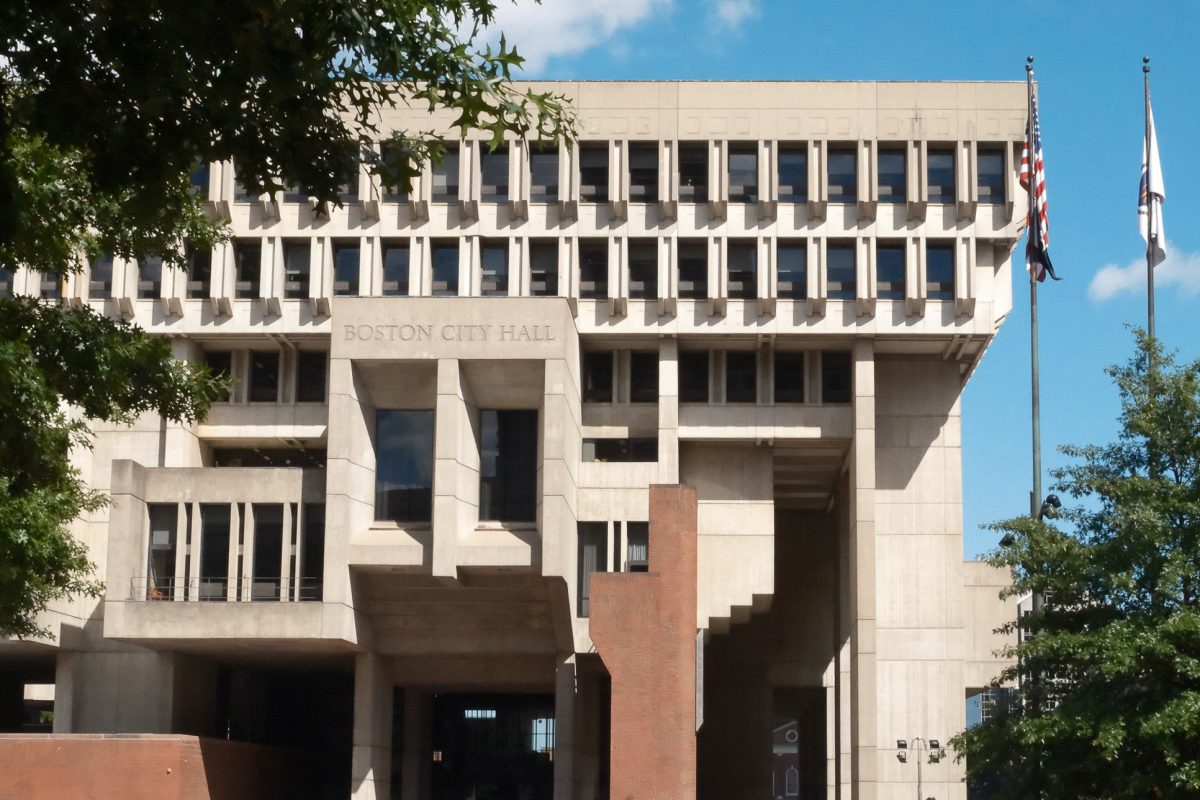
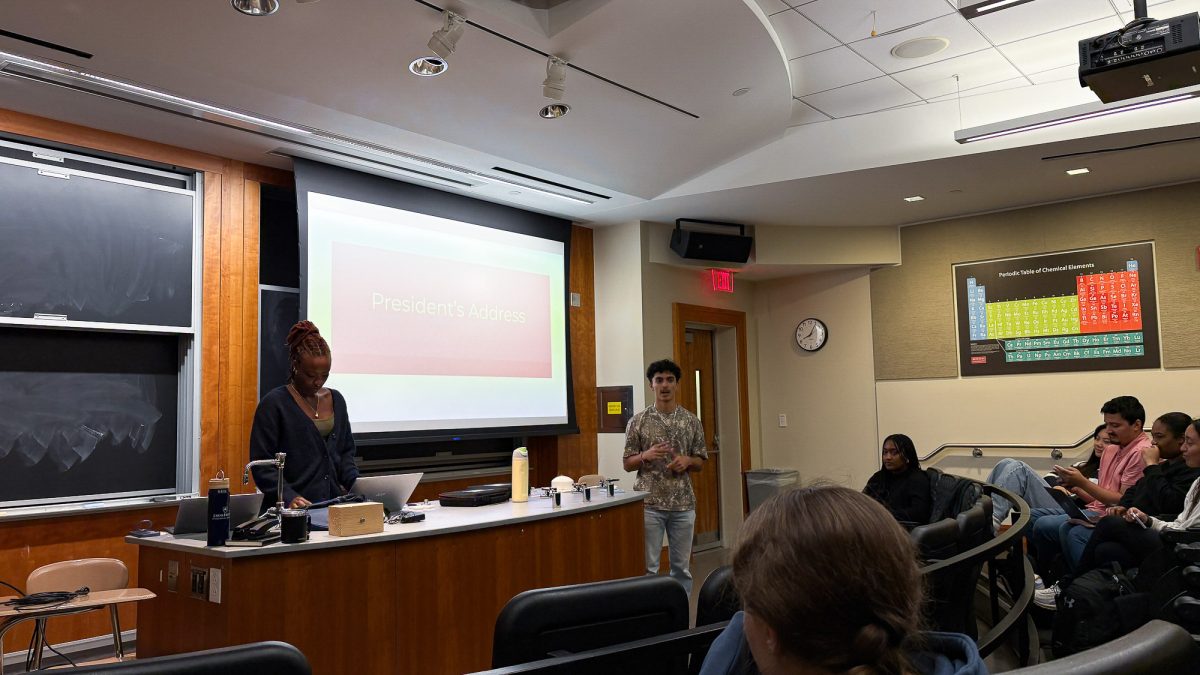
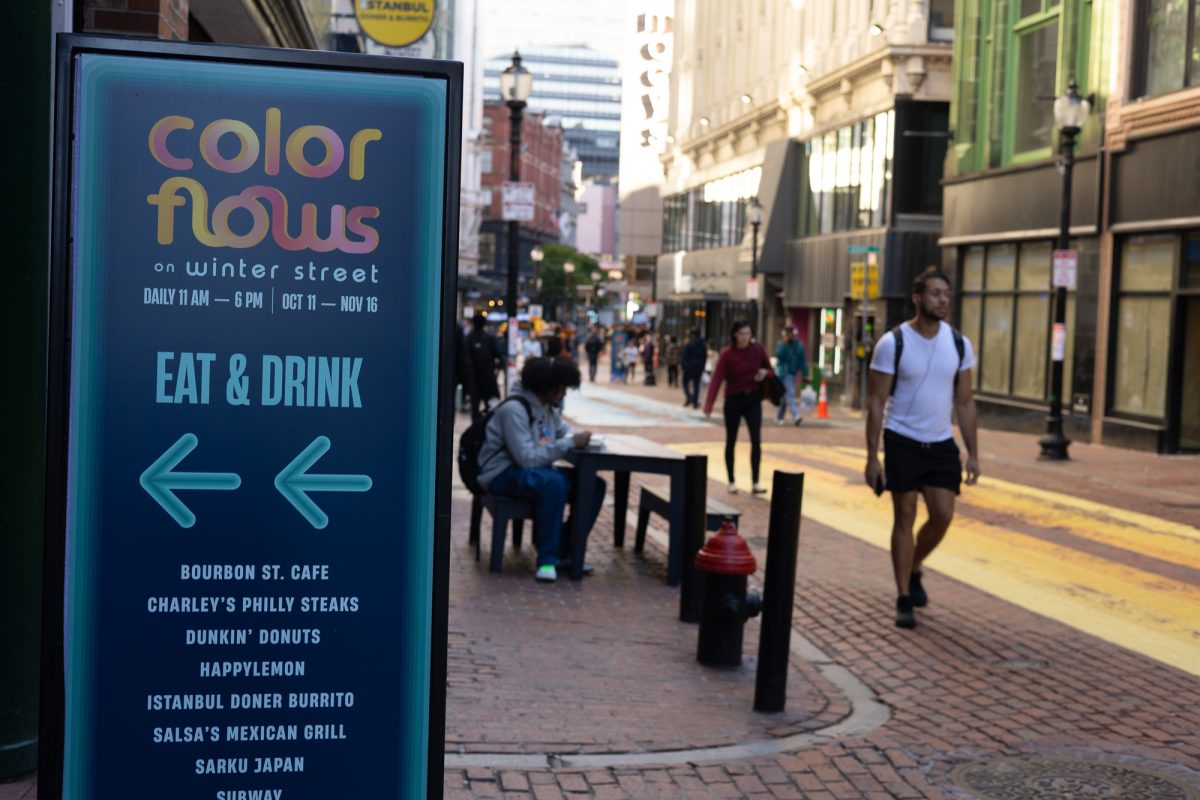
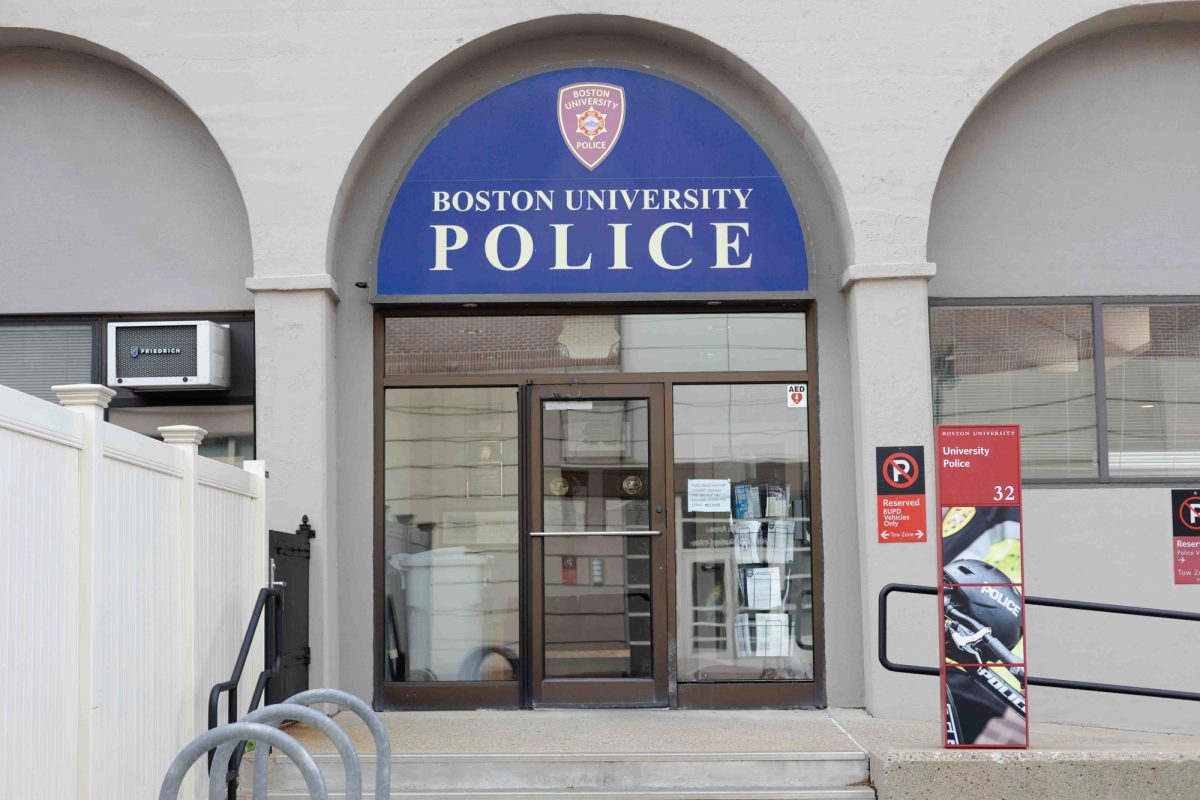

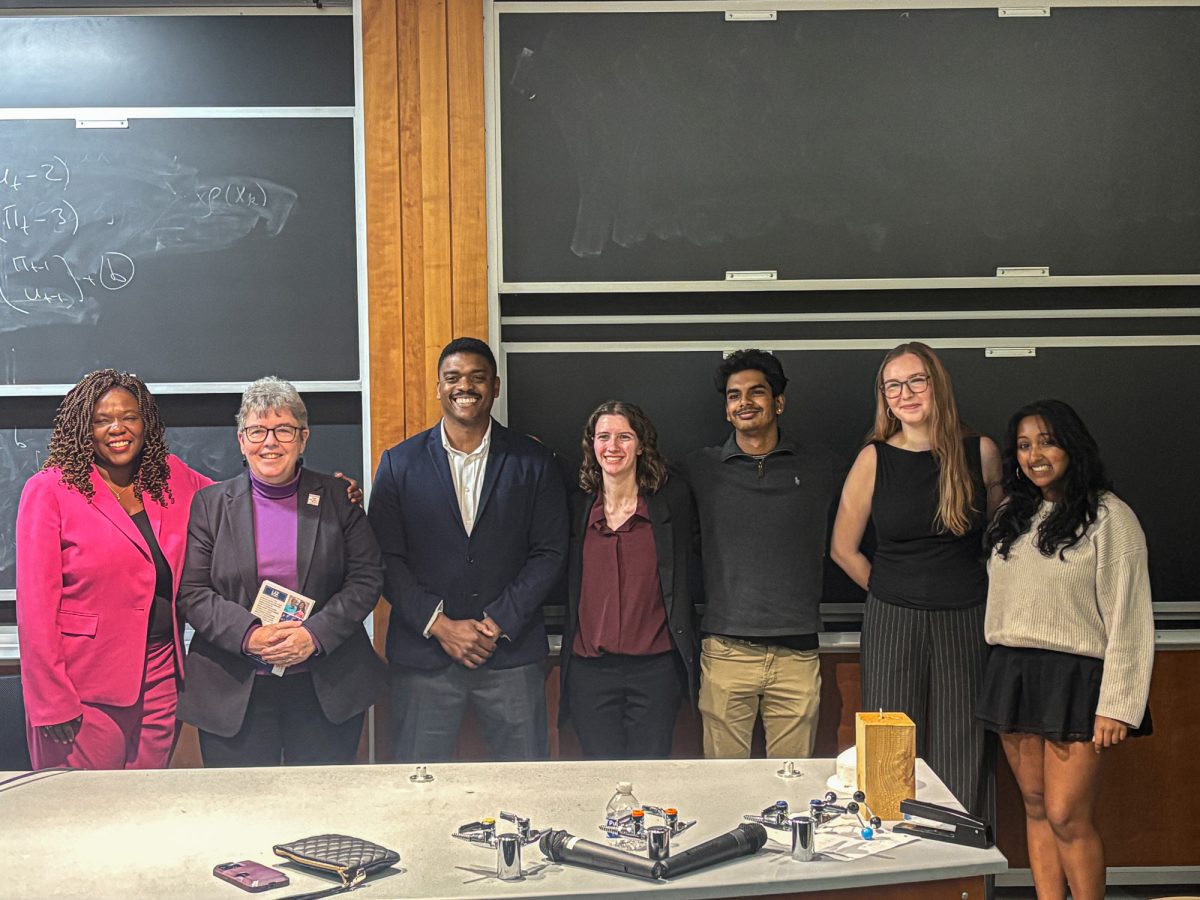
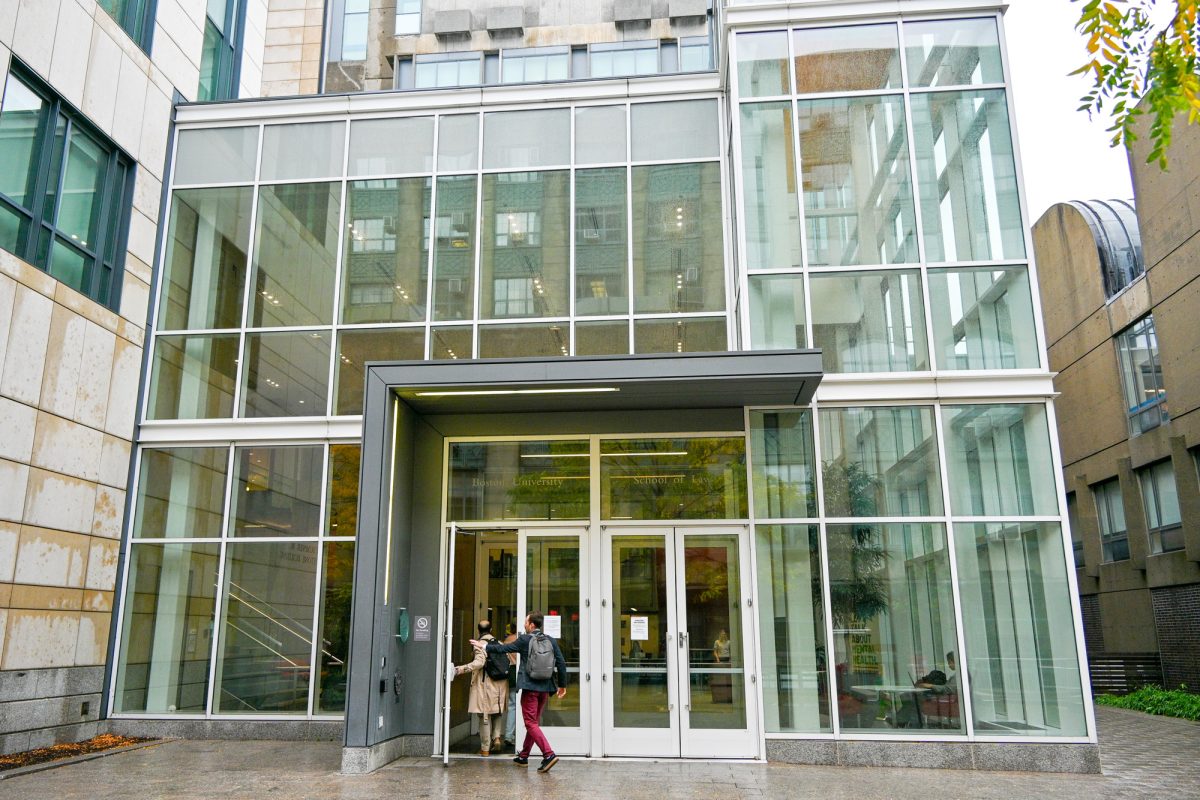

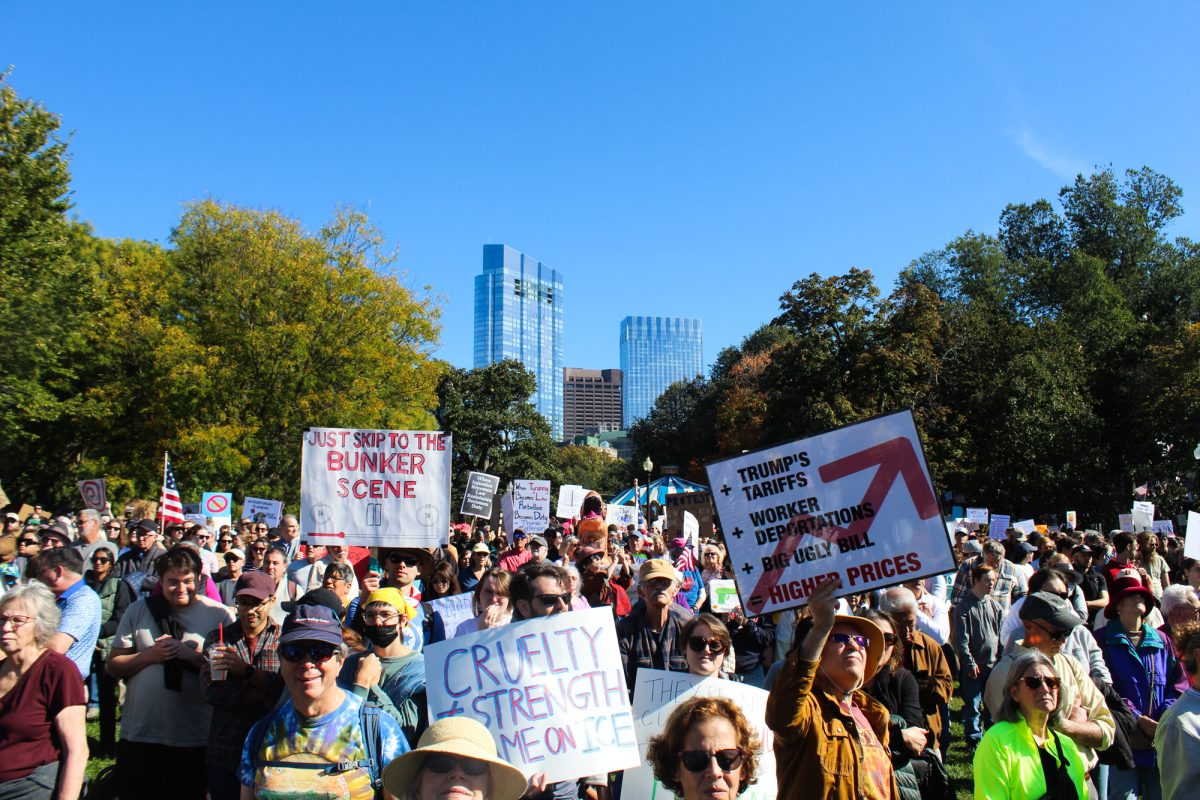







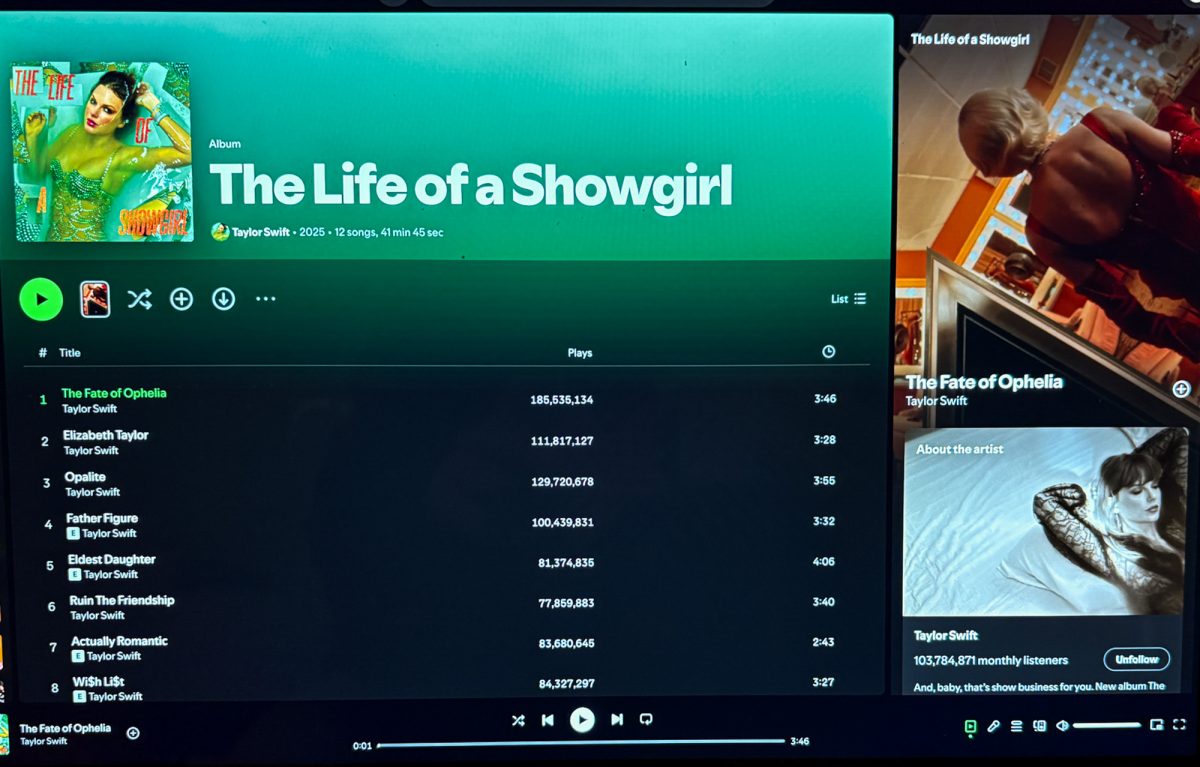







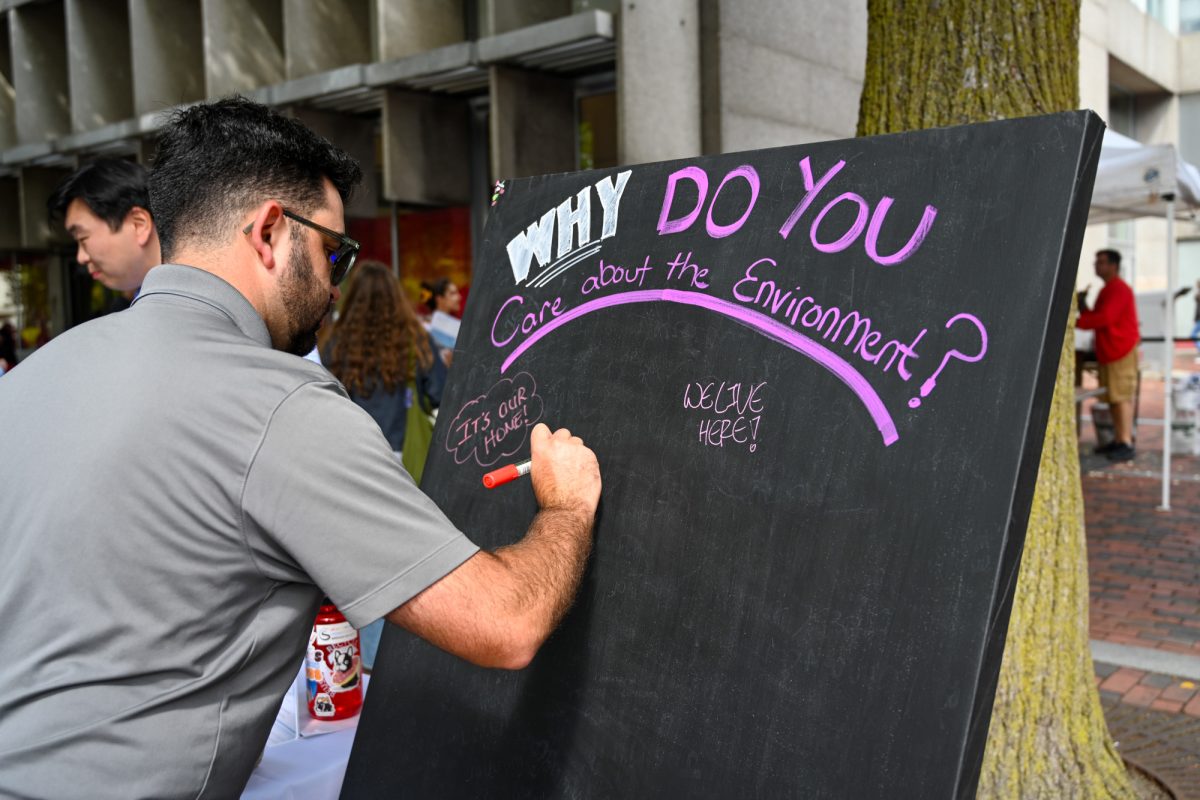











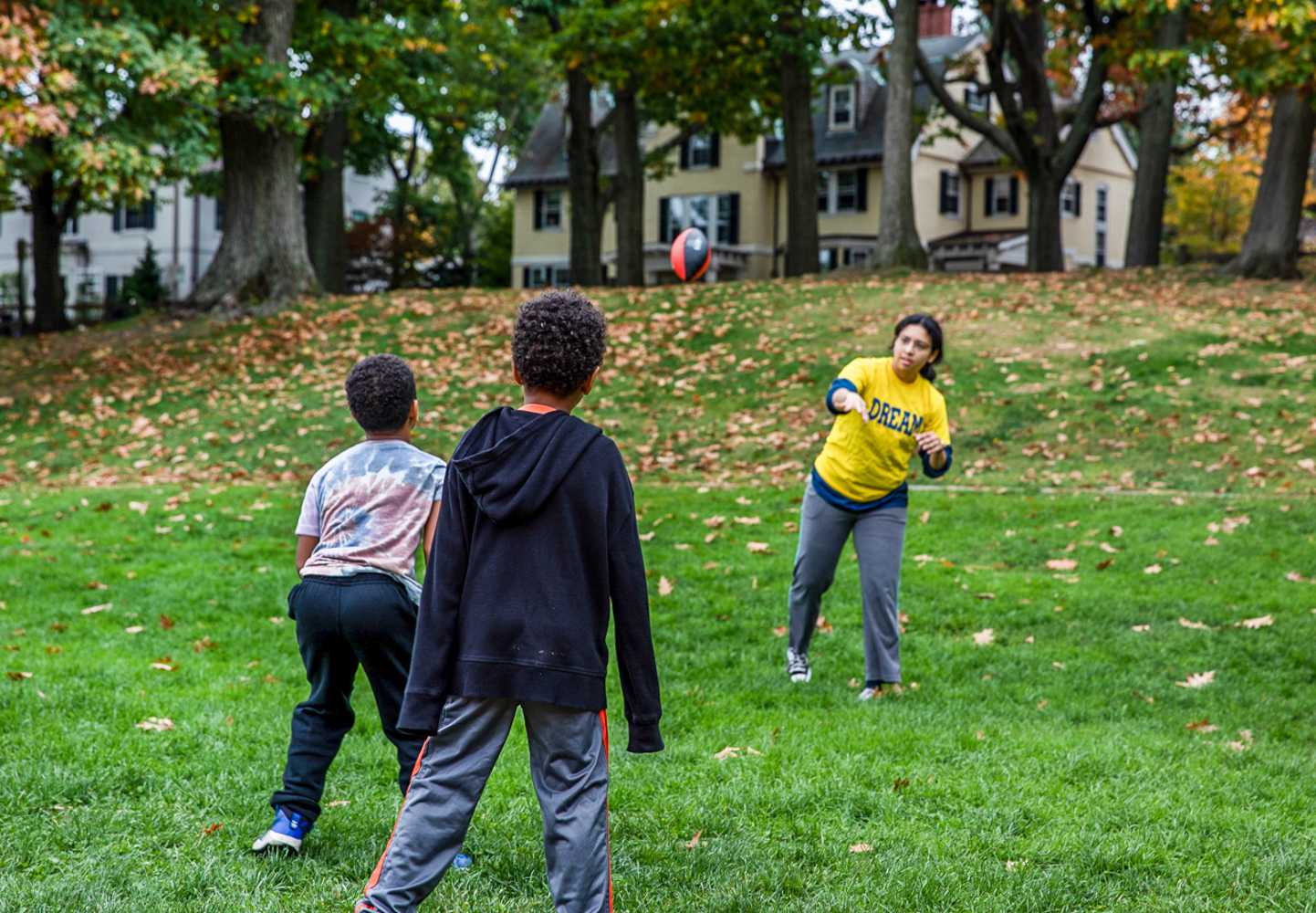

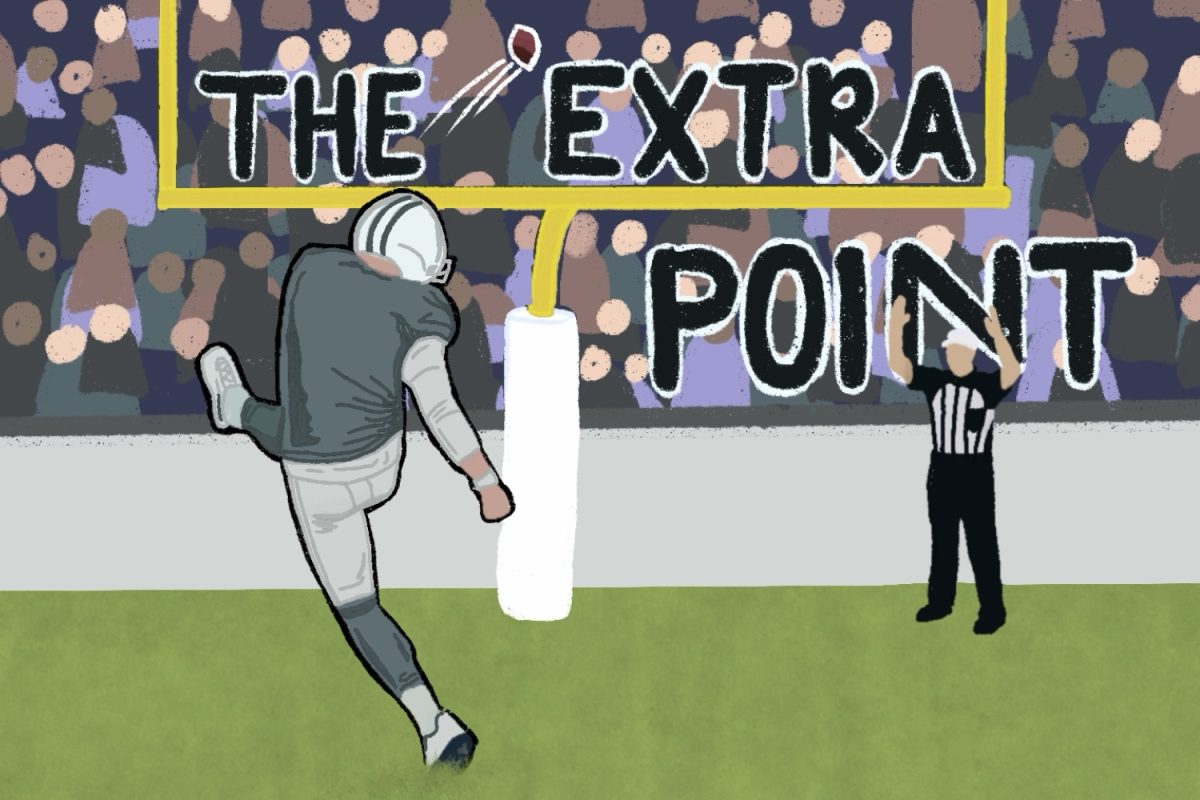











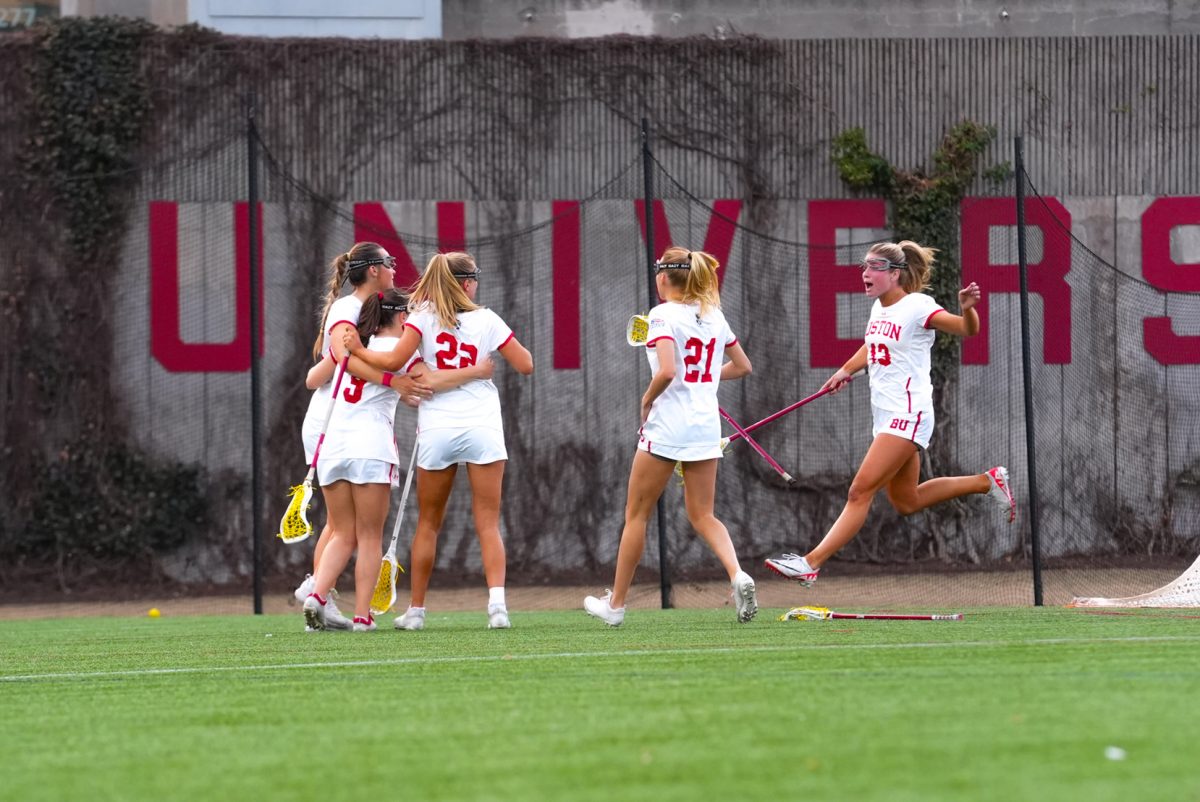
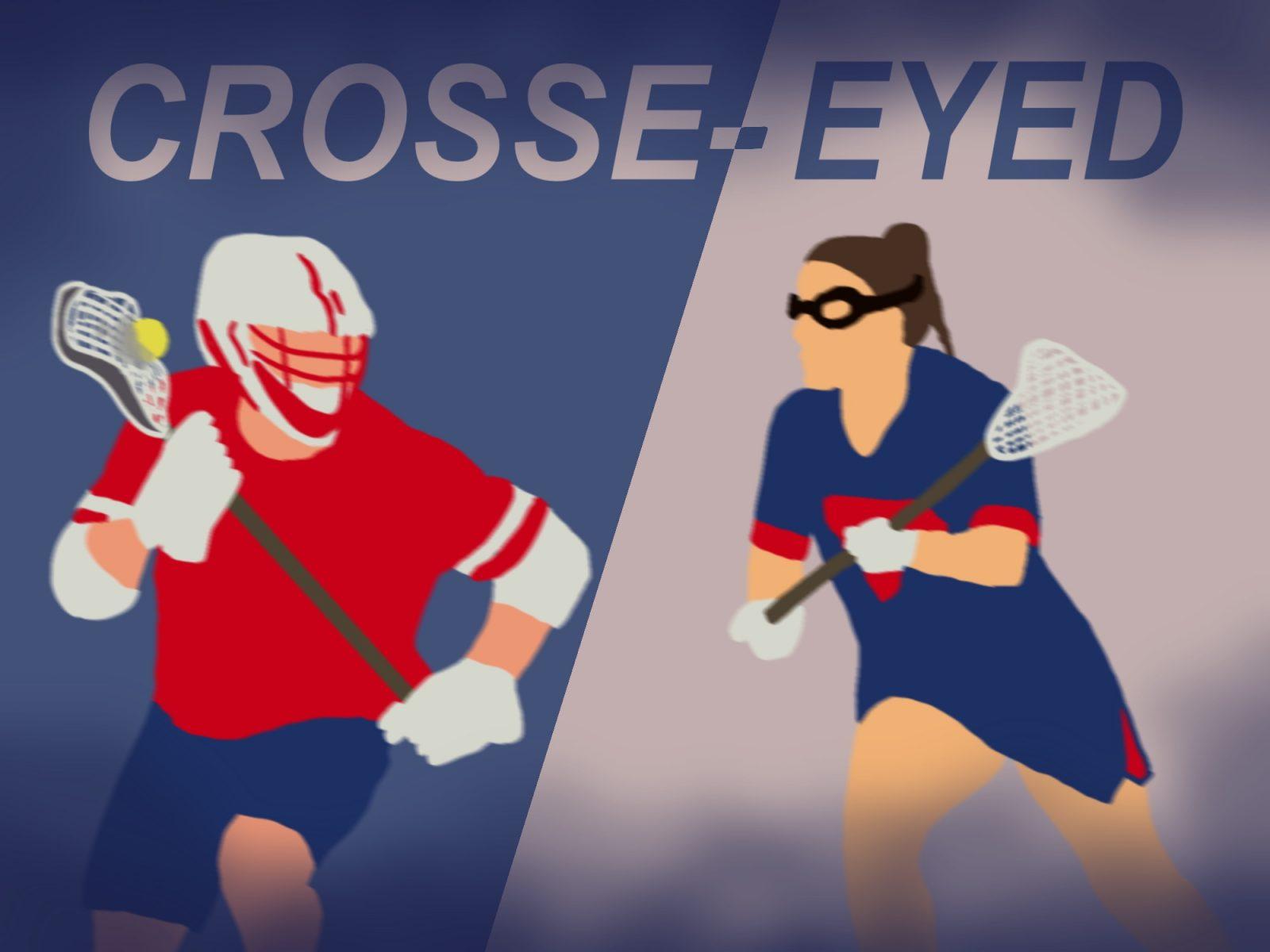



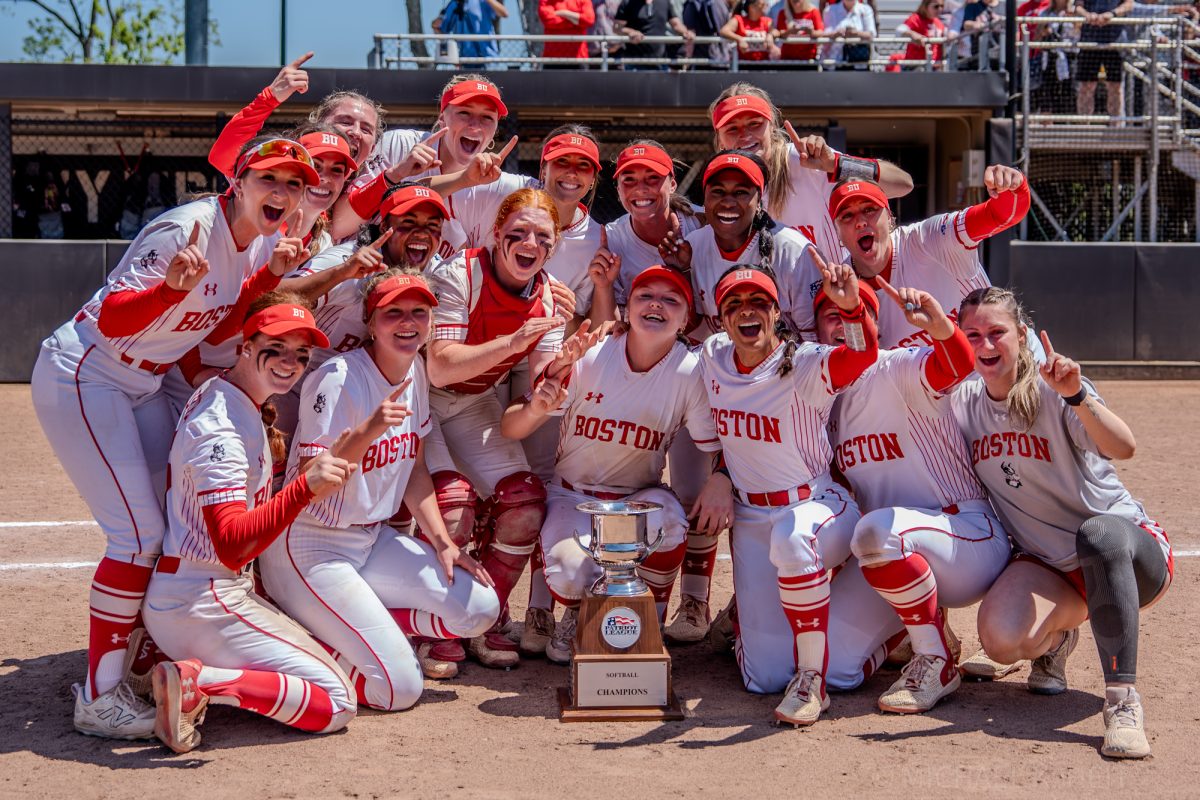


















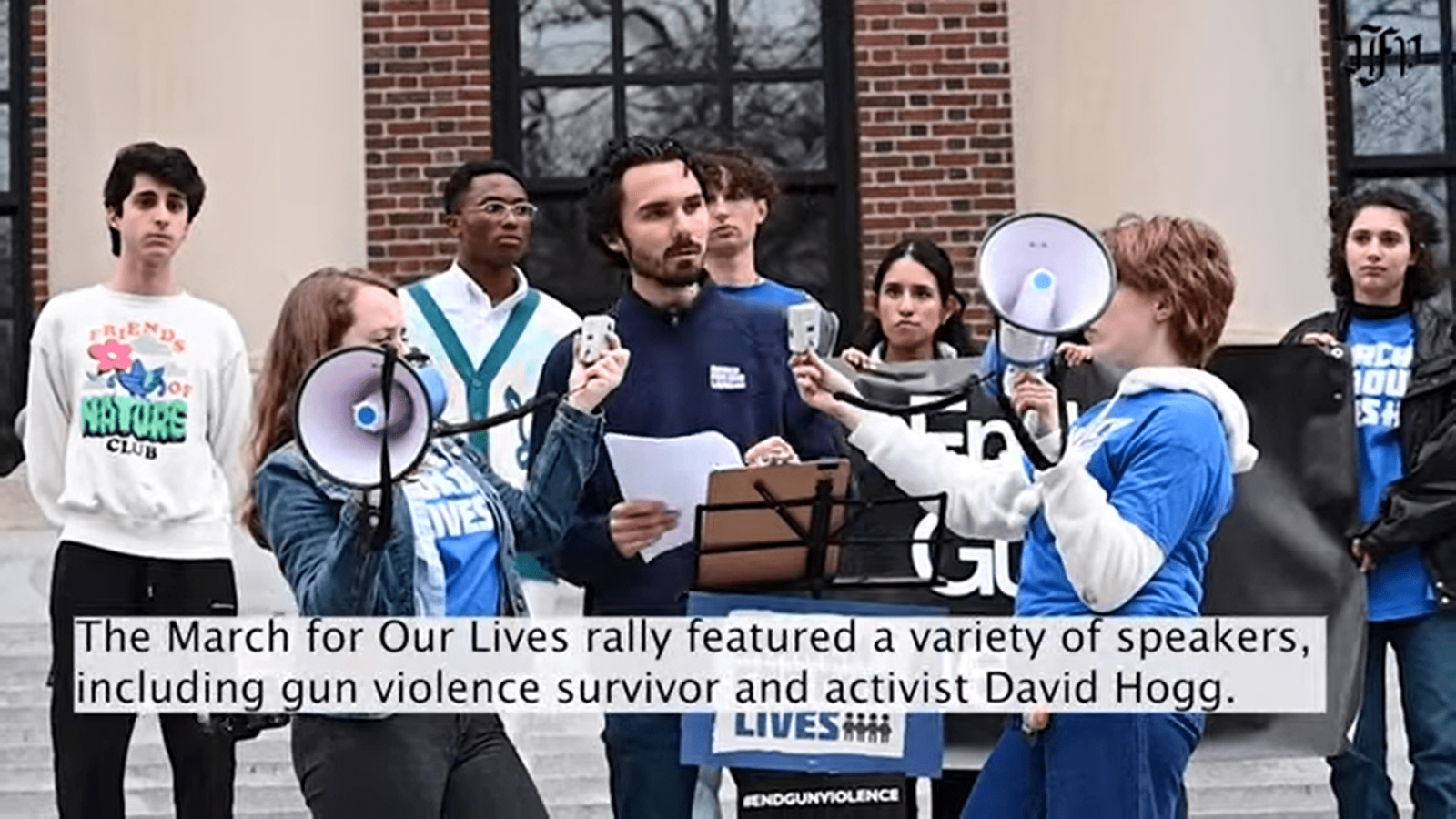
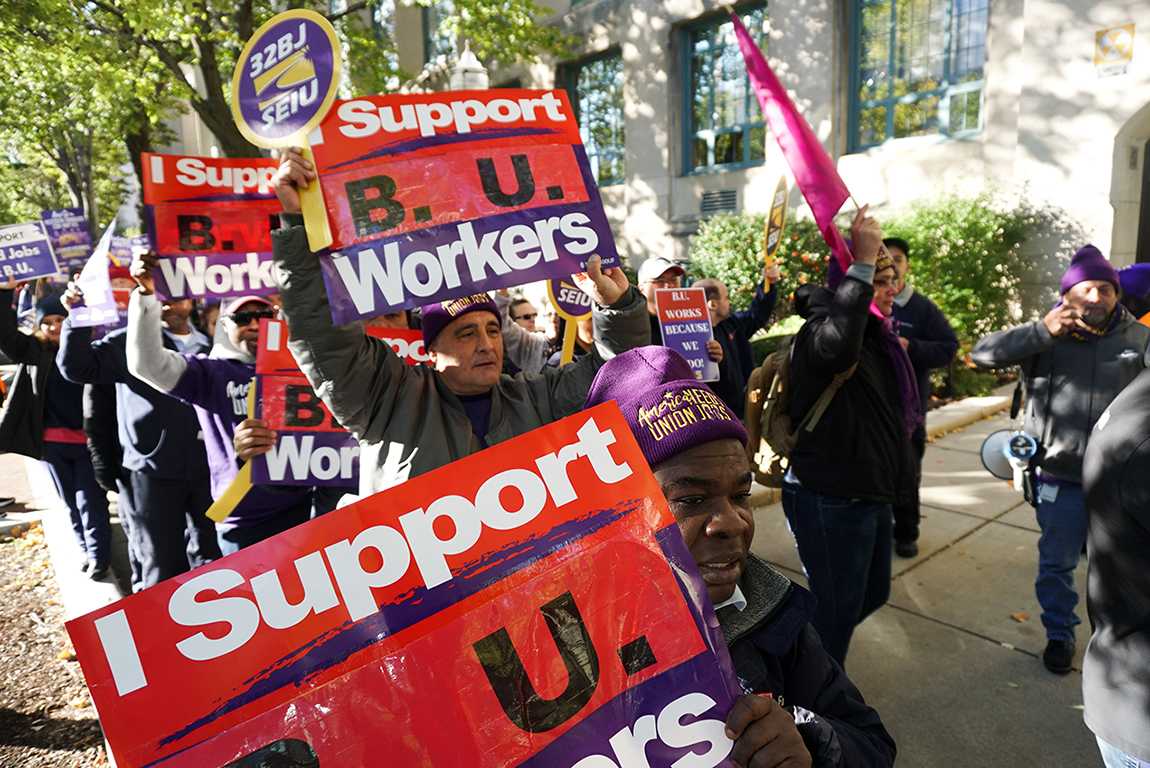
























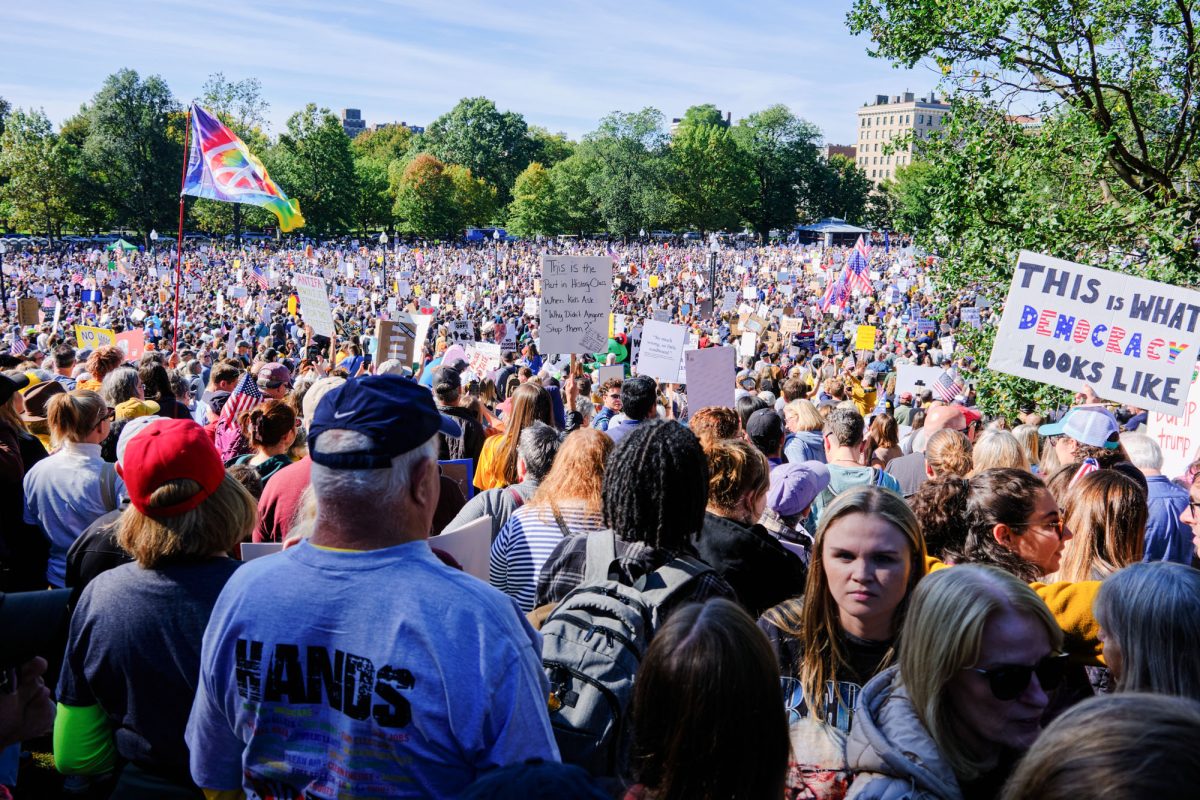

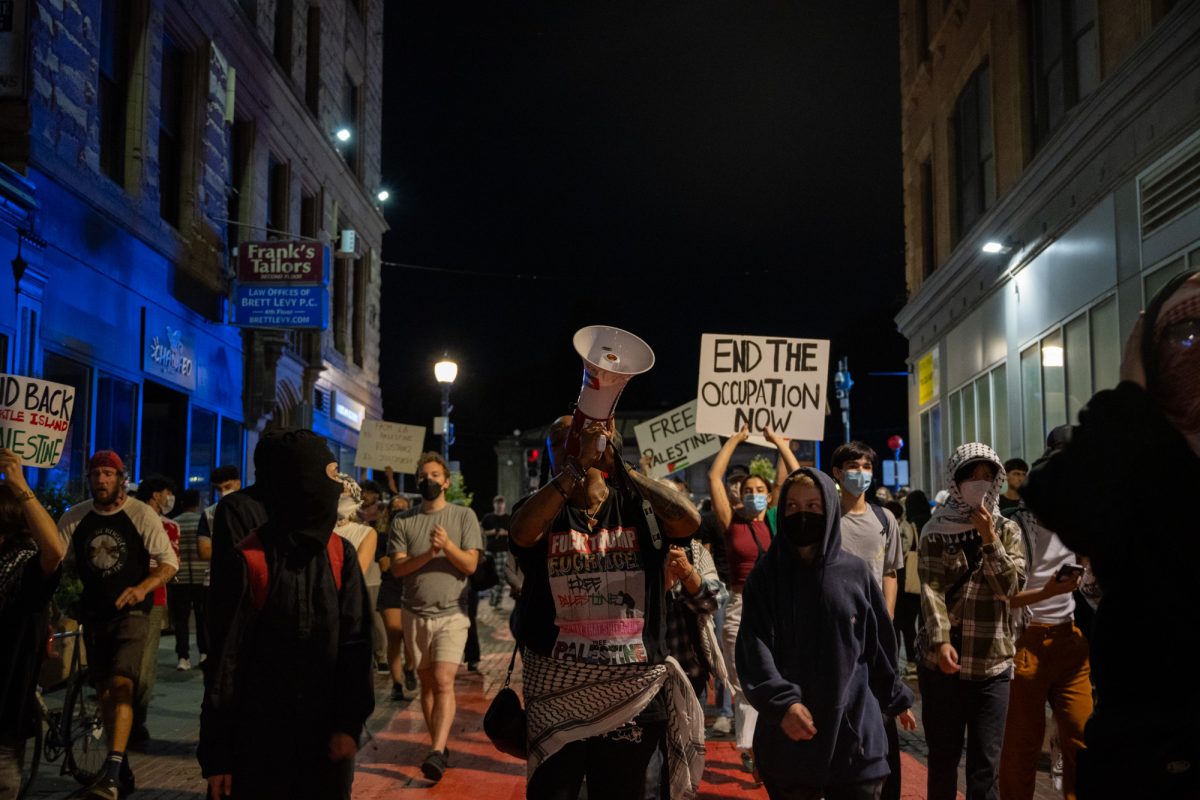
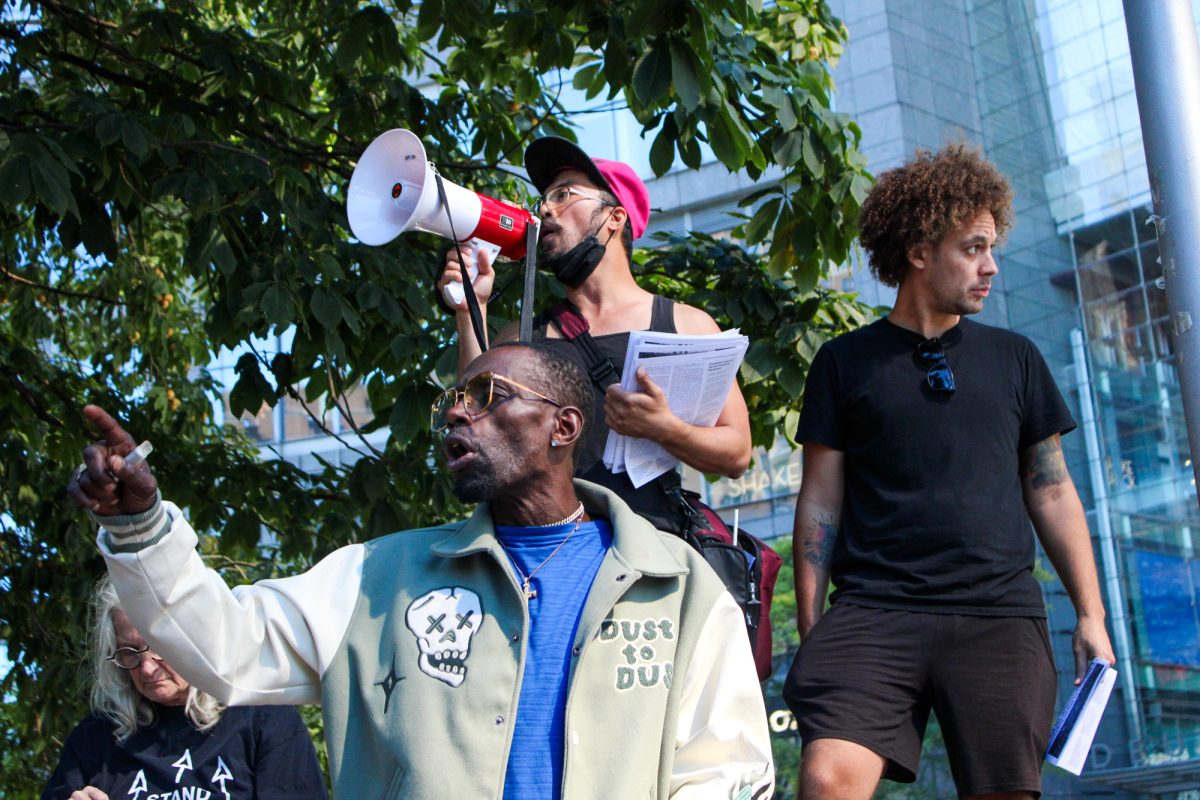










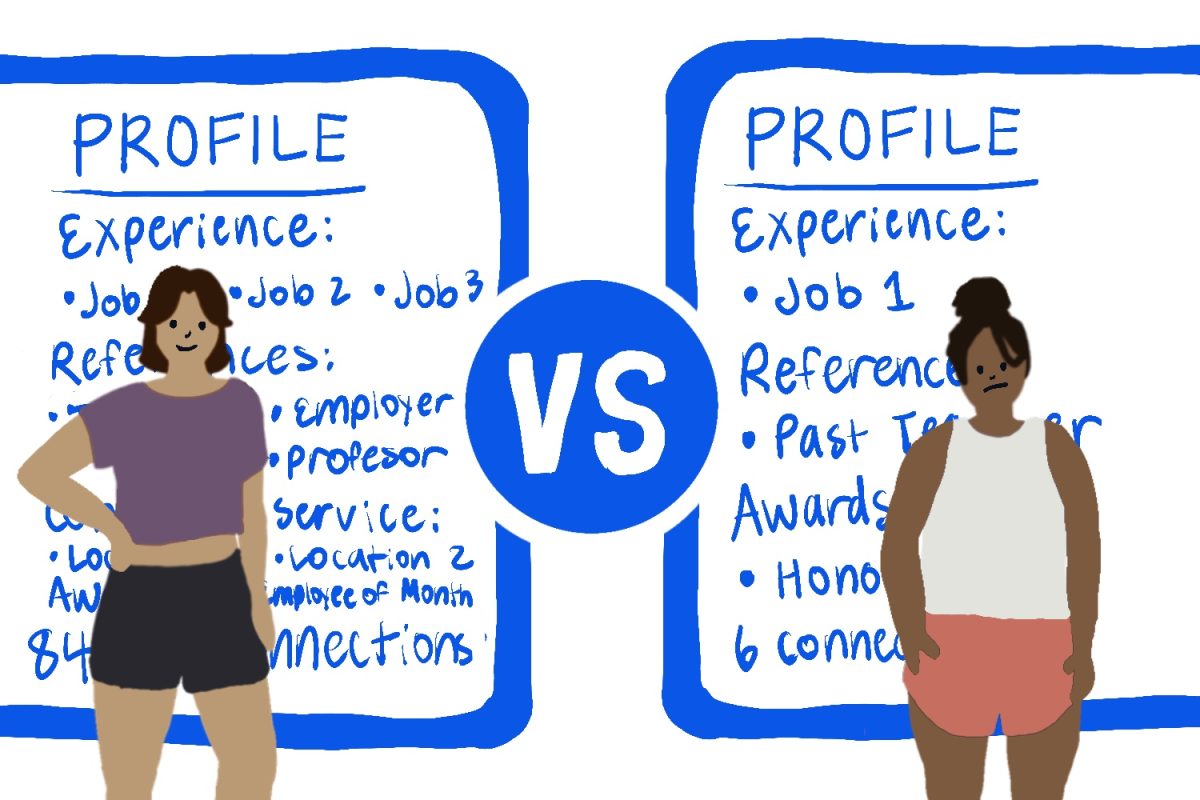

Makana • Oct 23, 2025 at 5:17 pm
Great article.